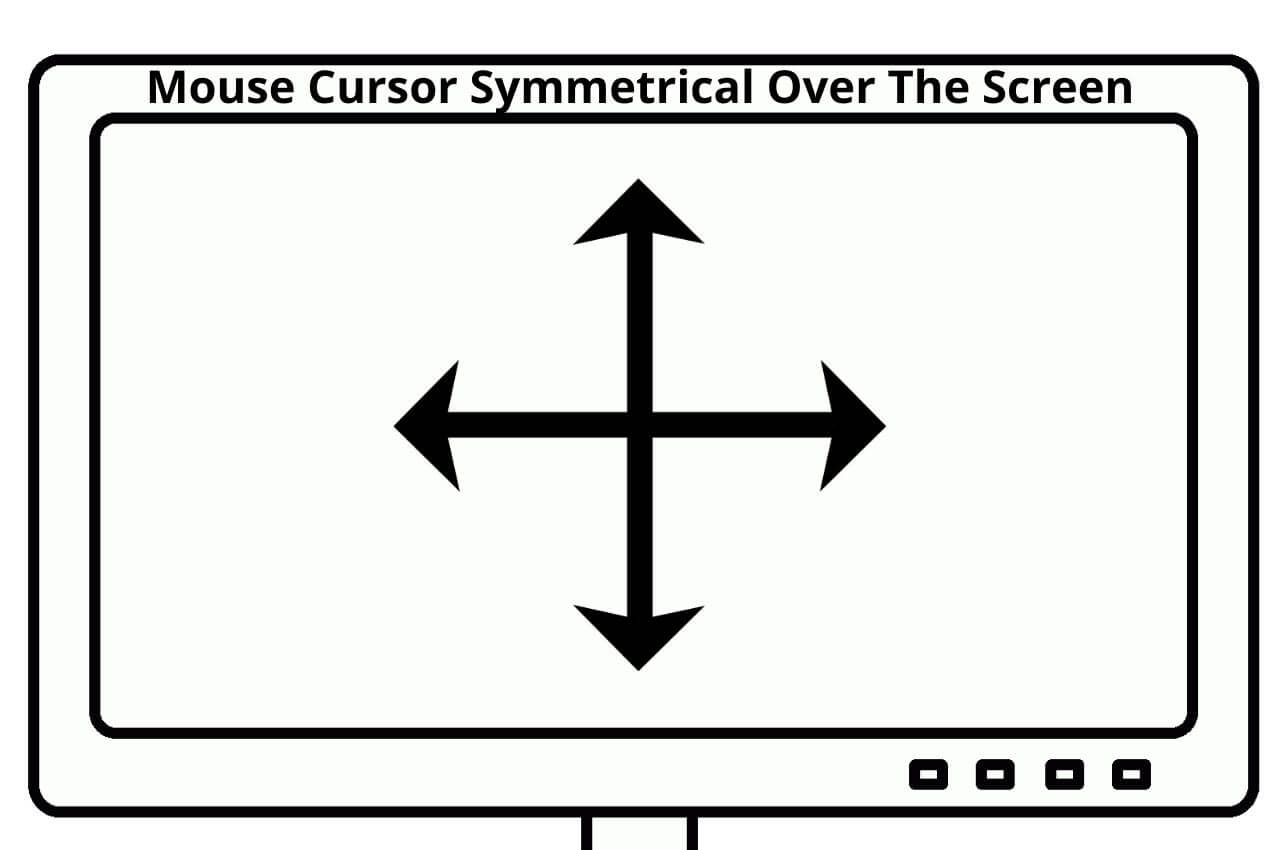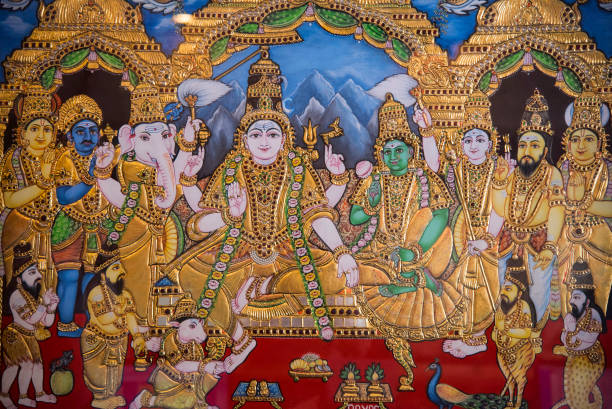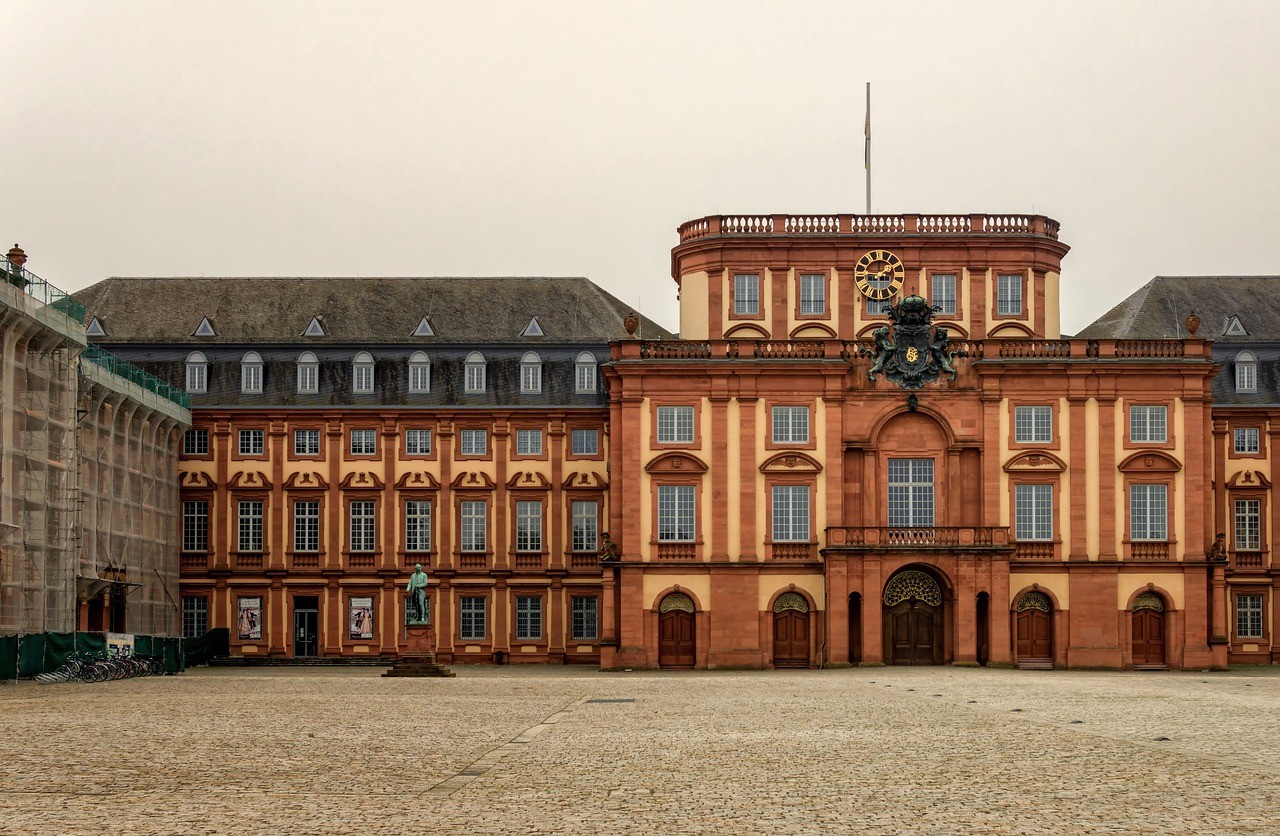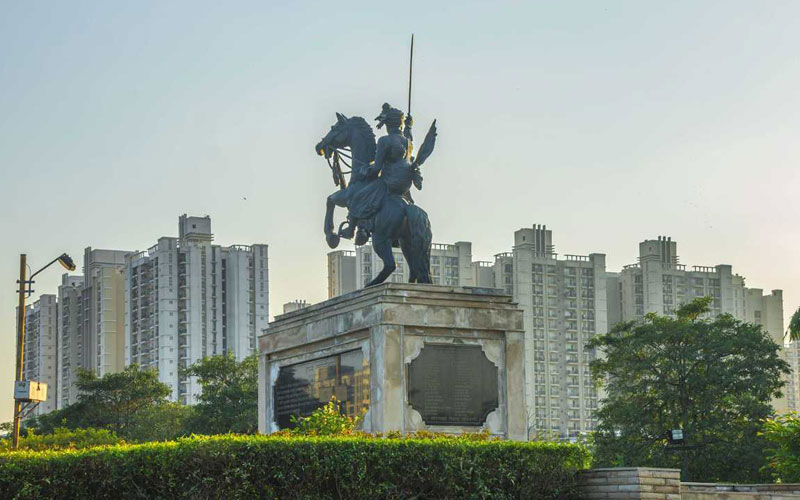What is modernity?
Modernity can be defined as the comprehensive changes that are taking place in society for human development. However, the changes can be observed at the social, economical, political, scientific, or cultural levels. Modernity And Social Changes In Europe
In other words, thinking novelty or differently can be termed modernity. One can consider it a comparative one because it compares or challenges the ongoing things in society. Further, modernity is comprised of the values, rules, regulations, or norms that are universal representing a significant halt with current traditional society. Modernity And Social Changes In Europe.
Social changes in Europe.
Modernity or modernization came into origin centuries ago when the western countries were phasing the period of dark ages, enlightenment, scientific revolution, democratization, industrialization, and capitalism. As the outcome: Modernity And Social Changes In Europe.
- The dark ages in Europe deciphered the lack of new thinking and any sort of development for years and years. But as an opposition to it came the period of Renaissance. With this people started putting on their novel concepts and ideology to get a developed country, more specifically a developed society.
- The discoveries and inventions started to emerge.
- The greater reform was that in following the concept of rebirth, churches and Christian mythology to a larger extent. Now, the people started giving their thoughts and perceptions giving their reasons to deny following the religion blindly.
- The concept of the universe, the earth, planets, moon, and celestial bodies came into the limelight.
- Many scientists like Kepler became helping hand to learn about the existing life through their various empirical pieces of evidence.
- The idea of the afterlife was now avoided and the worldly pleasures and development in human lifestyles were focused on.
- Renaissance led to the origin of secularism in the society where religion was taken out from the social life and no religion was specifically considered.
The two main revolutionary changes that led to modernity were:
a) French revolution.
In 1789, a revolution in France started which was a major social commotion of that era. Even if it ended soon in 1799, brought about a great change in the relationship between rulers and the population they governed. The people initiated to head off for a new society redefining the nature of their political power. This gave rise to an equalitarian ideology (that means all men are equal). Modernity And Social Changes In Europe.
b) Industrial revolution.
This revolution was known to be the major transition period to the novel manufacturing process in Europe that took place somewhere between the 1760 and 1830s. Modernity And Social Changes In Europe.
It can be characterized as the major change in economies of the time, which was based on agriculture and handicrafts towards newer large-scale industries that included mechanized manufacturing and factory system. Newer tools and technologies came into force with more production and efficient working. Modernity And Social Changes In Europe.
Prerequisites leading to the modern approach.
As known, modernization existed due to the introduction of technology and newer knowledge. Some of the social and political prerequisites associated to make modernization possible are mentioned as follows:
- Newer inventions and discoveries
- Free market and capitalism
- Urbanization
- Industrialization or factory system
- Accessibility of transport system
- Initiation of nuclear family concept
- The developed market for exchanging goods and products.
- Complexity in the division of labor
- Expansion of mass media and communication
- Secularism.











